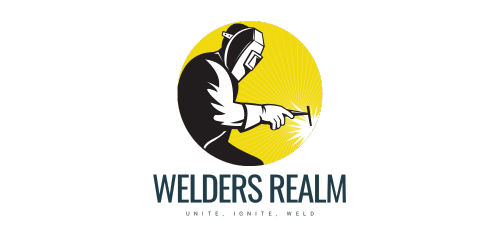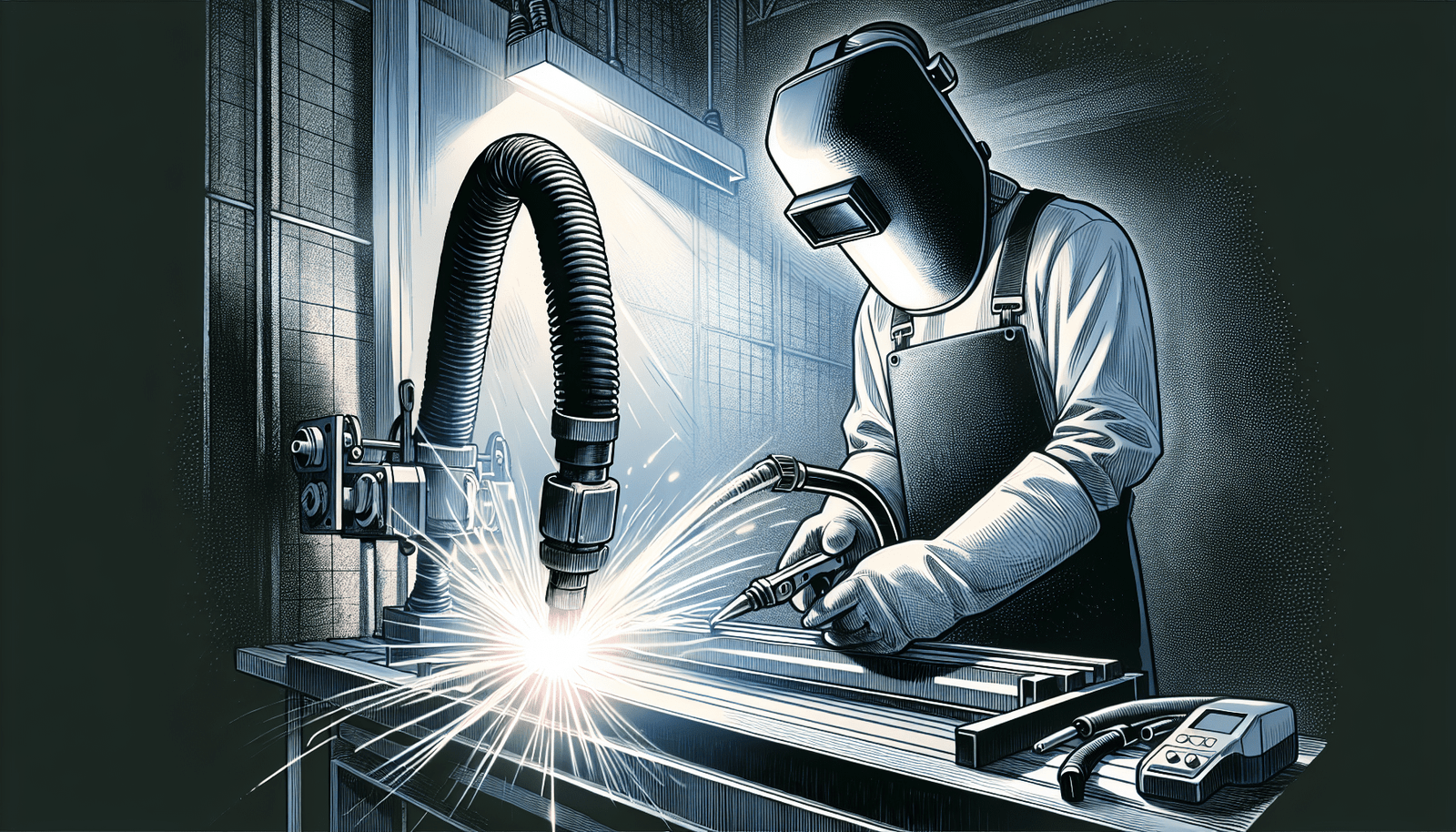If you’re considering building your own solar panel, one important aspect you shouldn’t overlook is the construction of a strong and durable frame. The frame plays a crucial role in ensuring the longevity and stability of your solar panel, as it supports the weight of the panels and protects them from external factors. In this article, we will provide you with some valuable tips and insights on how to build a robust solar panel frame that will stand the test of time and optimize the performance of your solar system. So, let’s get started and learn how to create a sturdy foundation for your solar panel!
Understanding Solar Panel Frames
Definition of a solar panel frame
A solar panel frame refers to the structure that holds the solar cells together, providing support and protection. It is typically made of durable materials like aluminum or stainless steel and is designed to withstand various weather conditions. The frame plays a crucial role in ensuring the overall stability and longevity of the solar panel.
Role of the solar panel frame
The primary role of the solar panel frame is to provide structural integrity to the solar panel. It acts as a backbone, holding all the components of the solar panel together and protecting them from external factors such as wind, rain, and snow. Additionally, the frame also helps in maintaining the correct angles for optimal sunlight absorption, maximizing the panel’s energy production. A well-built frame enhances the performance and lifespan of the solar panel.
Choosing the Right Materials
Types of materials suitable for frames
When it comes to choosing materials for solar panel frames, there are various options available, including aluminum, stainless steel, and composite materials. Aluminum is a popular choice due to its lightweight nature, corrosion resistance, and ease of installation. Stainless steel, on the other hand, offers exceptional strength and durability, making it suitable for installations in harsh environments. Composite materials, such as carbon fiber, are gaining popularity due to their high strength-to-weight ratio.
Comparing aluminum and stainless steel
Aluminum and stainless steel are the most commonly used materials for solar panel frames, each offering distinct advantages. Aluminum frames are lightweight, making them easier to handle during installation. They also have superior corrosion resistance, ensuring long-term durability. Stainless steel frames, on the other hand, provide exceptional strength and are better suited for installations in areas prone to extreme weather conditions.
Factors to consider when choosing materials
When choosing materials for your solar panel frame, consider factors such as the installation location, budget, and environmental conditions. Aluminum frames are generally more cost-effective and suitable for most residential installations. If you are located in a coastal area with high salt content in the air, stainless steel frames may be a better choice due to their increased corrosion resistance. Evaluate the specific requirements and make an informed decision based on the factors that are most important to you.
Designing Solar Panel Frame
Understanding the principles of design
Effective solar panel frame design involves considering several key principles. These include structural stability, load-bearing capacity, and ease of installation. The design should be able to withstand external forces such as wind and snow loads while ensuring that the solar panels are optimally positioned for maximum sunlight absorption. Additionally, incorporating features that streamline the installation process can significantly improve the overall efficiency of the frame.
Incorporating functionality and durability
A well-designed solar panel frame should not only provide structural support but also offer functionality and durability. Basing the design on the specific requirements of the installation location, such as roof-mounted or ground-mounted, can help optimize the frame’s functionality. Furthermore, ensuring the frame is designed to withstand environmental factors, such as UV exposure and temperature fluctuations, enhances its durability, reducing maintenance needs and increasing its lifespan.
Optimizing for weather resistance
Weather resistance is a crucial consideration when designing a solar panel frame. The frame should be able to withstand extreme weather conditions, including strong winds, heavy rainfall, and snow loads. An efficiently designed frame will incorporate features such as reinforcement bars, brackets, and gaskets to provide additional support and protection. It is also important to consider the angle and orientation of the solar panels in relation to sun exposure to maximize energy production and minimize the impact of adverse weather conditions.
Building the Frame
Step-by-step guide to building the frame
Building a solar panel frame requires careful planning and precise execution. Here is a step-by-step guide to help you with the process:
- Measure and cut the frame materials according to the desired dimensions.
- Assemble the frame, ensuring the corners are aligned correctly and securely fastened.
- Reinforce the frame by adding crossbars or brackets for added stability.
- Attach mounting brackets or rails to the frame, considering the specific installation requirements.
- Double-check the structure for any gaps or loose connections and make adjustments as necessary.
- Apply protective coatings or treatments to enhance durability and weather resistance.
Maintaining structural integrity
To ensure the long-term structural integrity of your solar panel frame, it is important to perform routine inspections. Regularly check for any signs of damage, including cracks, loose connections, or corrosion. If any issues are identified, address them promptly to prevent further damage. Additionally, consider reinforcing the frame if you plan to add more solar panels in the future, ensuring it can handle the increased load.
Avoiding common mistakes in frame construction
While building a solar panel frame, it is essential to avoid common mistakes that can compromise its integrity. Some common mistakes include using incorrect dimensions, inadequate reinforcement, or improper fastening techniques. Always follow the manufacturer’s guidelines and consult with professionals if needed to ensure proper construction and adherence to safety standards.
Welding the Frame
Choosing the right welding method
Welding is a critical process when it comes to constructing a solar panel frame. There are various welding methods available, including TIG (Tungsten Inert Gas) welding and MIG (Metal Inert Gas) welding. TIG welding is typically preferred for aluminum frames due to its precise control over the heat input, while MIG welding is commonly used for stainless steel frames. Choose the welding method that is best suited for the material used in your frame.
Ensuring strength through proper welding
The strength of a welded solar panel frame depends on the quality of the welds. Proper preparation and cleanliness of the joint surfaces are crucial to ensure strong and durable welds. Maintaining the correct welding parameters, such as heat input and electrode choice, is also essential to achieve the desired strength. Additionally, ensure that the welds are free from defects such as porosity or cracks by performing thorough inspections.
Welding safety practices
Welding involves working with high temperatures and potentially hazardous equipment. It is important to prioritize safety during the welding process. Wear appropriate protective gear, including gloves, goggles, and welding helmets, to protect yourself from sparks, UV radiation, and fumes. Ensure proper ventilation in the welding area to minimize exposure to harmful gases. Follow safety guidelines and regulations to prevent accidents and maintain a safe working environment.
Assembly and Installation
Attaching the solar panel to the frame
Once the solar panel frame is constructed, the next step is to attach the solar panels securely. Use the appropriate mounting brackets or clamps to ensure a tight and reliable connection. Consider using rubber or silicone pads between the frame and the panel to absorb vibrations and prevent damage. Follow the manufacturer’s instructions for the correct installation procedure and ensure that the panels are mounted at the optimal angle for sunlight absorption.
Securing the frame to the ground or roof
To ensure a stable and secure installation, the solar panel frame needs to be securely fastened to the ground or roof. Depending on the installation location, this may involve using concrete footings, ballast systems, or roof attachment systems. Follow local building codes and regulations to ensure compliance and safety. It is also important to consider factors such as wind load and weight distribution when securing the frame to prevent any potential damage or instability.
Considerations for different installation locations
The installation of solar panel frames can vary depending on the location. For roof-mounted installations, it is crucial to consider the roof’s structural integrity, waterproofing measures, and accessibility for maintenance. Ground-mounted installations require proper foundation preparation, ensuring stability and sufficient clearance. Each installation location comes with its unique considerations, and it is important to address them to ensure a successful and long-lasting installation.
Maintaining Your Solar Panel Frame
Routine checks for wear and tear
Regular maintenance is essential to ensure the optimal performance and longevity of your solar panel frame. Perform routine checks to identify any signs of wear and tear, including corrosion, loose connections, or physical damage. Clean the frame and panels regularly to remove dirt or debris that may impact their performance. Inspect the frame for any potential issues and address them promptly to prevent further damage.
Proper cleaning practices
Maintaining a clean frame is crucial for the overall efficiency of your solar panels. Use a soft brush or cloth to remove any dirt or debris that has accumulated on the frame. Avoid using abrasive materials or harsh chemicals that may scratch or damage the frame’s surface. If needed, use mild soap and water for stubborn stains. Regular cleaning not only enhances the aesthetic appeal of your solar panel system but also ensures maximum sunlight absorption.
When to seek professional maintenance
While regular maintenance can be done by the system owner, there may be instances where professional assistance is required. If you notice any significant damage, such as cracks or structural instability, it is best to consult a professional to assess and repair the frame. Additionally, if you are unsure about the proper maintenance procedures or if your system requires specialized attention, it is advisable to seek professional help to avoid any potential risks or further damage.
Upgrading Your Frame
Signs your frame needs an upgrade
Over time, your solar panel frame may require upgrades to adapt to changing needs or technological advancements. Some signs that indicate the need for an upgrade include visible wear and tear, decreased energy production, or changes in installation requirements. Regular monitoring of your system’s performance can help identify any issues or potential areas for improvement.
Cost-effective ways to strengthen your frame
If you are looking to strengthen your solar panel frame without a full replacement, there are several cost-effective options available. Adding reinforcements, such as diagonal braces or additional crossbars, can significantly improve the frame’s stability. Consider upgrading to more durable or weather-resistant materials if your current frame is reaching the end of its lifespan. Consult with professionals to explore the most suitable and cost-effective options for strengthening your frame.
Incorporating new technology
Advancements in solar panel technology and installation techniques may prompt the need for frame upgrades. New technologies, such as frame-integrated microinverters or smart monitoring systems, may require modifications to the frame design or additional components. Stay updated with the latest industry trends and consult with experts to assess the feasibility of incorporating new technology into your solar panel frame.
Potential Challenges and Solutions
Common issues with solar panel frames
While solar panel frames are designed to withstand various challenges, some common issues may arise. These include corrosion, physical damage, weak connections, or improper installation. Additionally, extreme weather conditions, such as high winds or heavy snow loads, can pose challenges to the frame’s structural integrity. Understanding these potential issues is crucial in implementing effective solutions.
Effective solutions to common problems
Addressing common problems with solar panel frames requires proactive measures. Regular cleaning and inspections can help identify and prevent corrosion or physical damage. Reinforcing weak connections and using high-quality fasteners can enhance the frame’s structural stability. Proper installation techniques and adherence to industry standards minimize the risk of installation-related issues. By implementing effective solutions, you can mitigate potential problems and ensure the long-term performance of your solar panel frame.
Preventing issues through proper construction and maintenance
Prevention is key when it comes to solar panel frame issues. By following proper construction techniques, using suitable materials, and conducting regular maintenance, you can significantly reduce the likelihood of problems occurring. Adhering to manufacturer guidelines, consulting with professionals, and staying updated with industry best practices are essential in preventing issues and ensuring the optimal functionality of your solar panel frame.
Key Takeaways and Further Resources
Summarizing the main points of solar panel frame construction
Building a sturdy and durable solar panel frame involves understanding the role of the frame, choosing the right materials, designing for functionality and weather resistance, and following proper construction and maintenance practices. The frame acts as a structural support, protecting the solar panel and maximizing energy production. Materials like aluminum and stainless steel offer distinct advantages, and design principles should consider load-bearing capacity and installation requirements. Regular maintenance and proactive solutions help prevent common issues and ensure long-term performance.
Resources for further reading and learning
For more information on solar panel frame construction, consider exploring the following resources:
These resources provide valuable insights into solar panel technology, installation practices, and industry standards. By expanding your knowledge, you can make informed decisions and ensure the success of your solar panel frame construction project.




